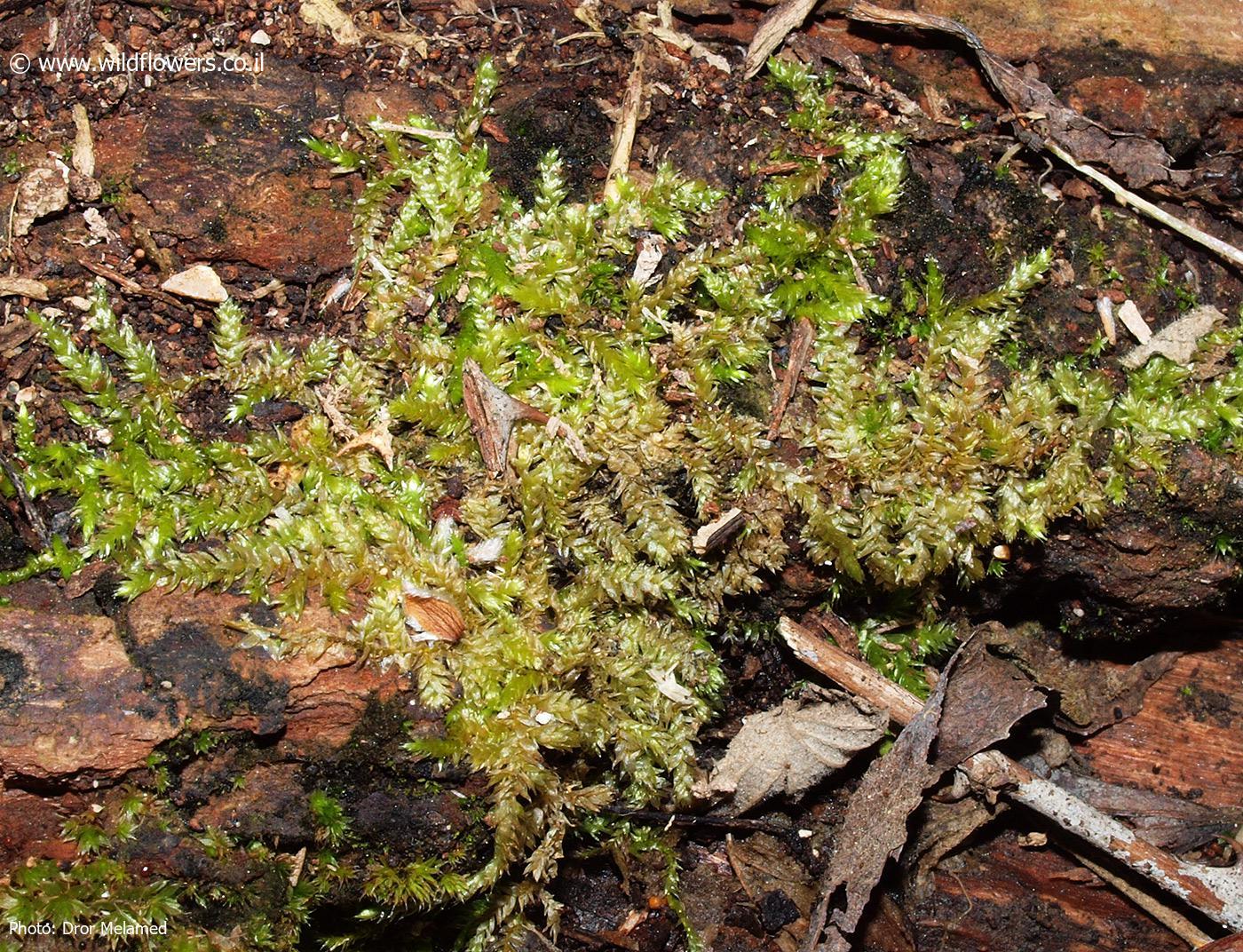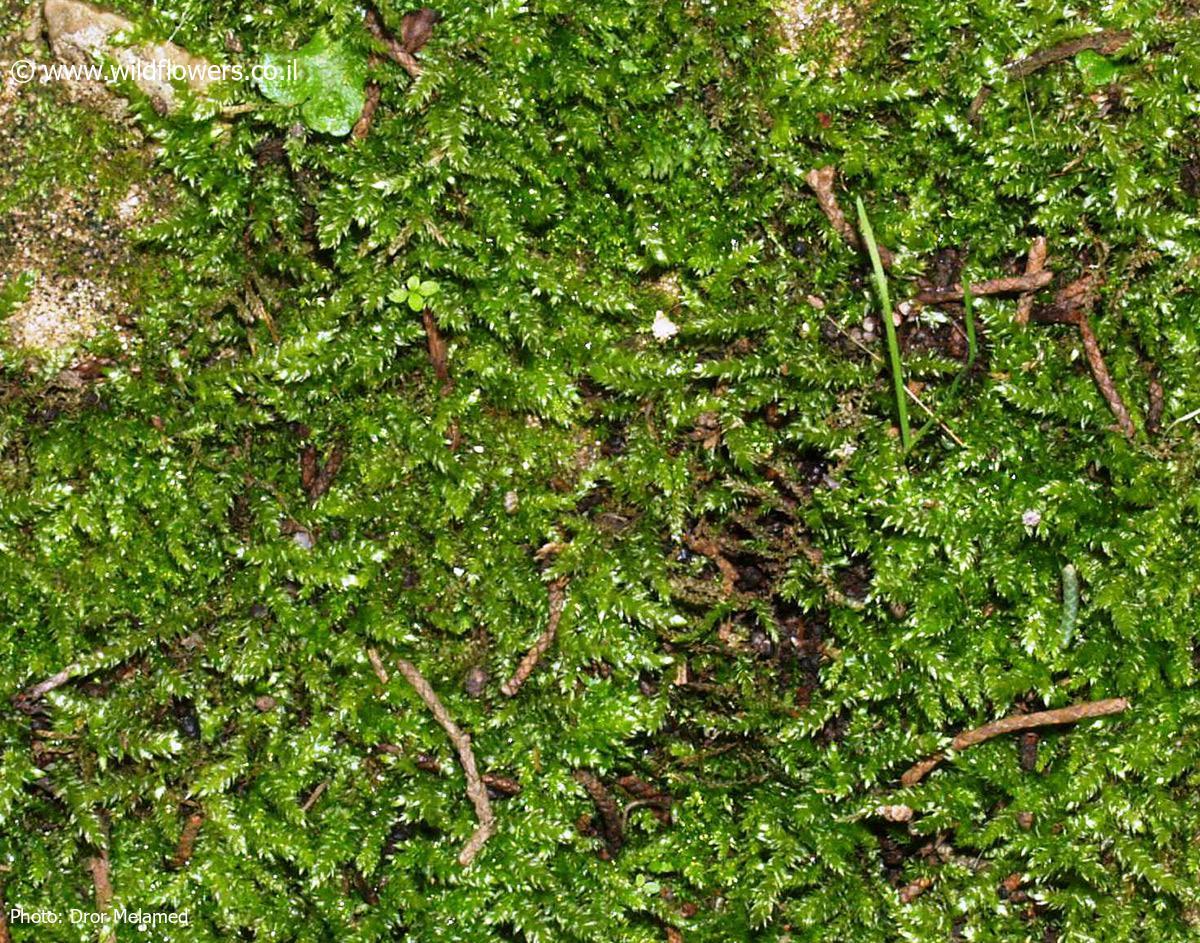
Rhynchostegium-serrulatum-4-750×499.jpg from: https://ohiomosslichen.org/moss-rhynchostegium-serrulatum/
Rhynchostegium leucodictyon: The Remarkable Moss You’ve Never Heard Of
Introduction
When most people think of plants, they picture towering trees, colorful flowers, or lush ferns. But there’s a whole other world of fascinating flora right under our feet – the world of

3382-l-1.jpg from: https://www.wildflowers.co.il/hebrew/picture.asp?ID=21549
mosses. Today, we’re going to dive into the details of one particularly interesting species: Rhynchostegium leucodictyon Müll.Hal., a moss in the Brachytheciaceae family.

3382-l.jpg from: https://www.wildflowers.co.il/hebrew/picture.asp?ID=21548
Background on Mosses
Before we get into the specifics of R. leucodictyon, let’s cover some moss basics. Mosses are non-vascular plants in the division Bryophyta. Unlike other plants, they lack true roots, stems, and leaves. Instead, they have rhizoids, simple stem-like and leaf-like structures. Mosses are found all over the world in a variety of habitats.
Morphology and Identification
Rhynchostegium leucodictyon is a pleurocarpous moss, meaning its sporophytes grow laterally from the sides of the stems. Its scientific name comes from ancient Greek: rhynchos meaning “beak”, stegos meaning “roof”, leuco meaning “white”, and dictyon meaning “net”.
The stems of R. leucodictyon

3189-l.jpg from: http://www.wildflowers.co.il/hebrew/picture.asp?ID=18488
are creeping and irregularly branched. Its stem leaves are ovate-lanceolate

7037e79d418c961c5141889e083833ce.jpg from: https://taieol.tw/muse/digi_object/2355523fe7d6b11d4b7a8ac495911fd7
and acuminate (tapering to a long point). Branch leaves are smaller and narrower. The leaf margins are serrated and the costa (midrib) extends 1/2 to 3/4 up the leaf.
One of the most identifiable features is the seta (stalk bearing the spore capsule), which is rough in the upper part but smooth below. Capsules are inclined to horizontal.
Global Distribution and Habitat
Rhynchostegium leucodictyon has a wide distribution, found in Asia, Africa, Australia, and the Pacific. It grows on various substrates including soil, rocks, tree bases and logs in moist forests from lowlands to mountains.
In China, it is known from Sichuan, Yunnan, and Tibet. In Africa, it ranges from Ethiopia to South Africa and the islands of the western Indian Ocean. It’s also found in Thailand, Indonesia, Papua New Guinea, Australia, New Zealand, and many Pacific islands.

3189-l-2.jpg from: https://www.wildflowers.co.il/hebrew/picture.asp?ID=18490

16083595bb6b5297d4932aee5f359826.jpg from: https://openmuseum.tw/muse/digi_object/2355523fe7d6b11d4b7a8ac495911fd7
Ecological Roles and Adaptations
Like other mosses, R. leucodictyon plays important ecological roles. It helps retain moisture and prevent erosion in its habitats. Mosses are also pioneers that colonize disturbed areas and provide microhabitats for other organisms.
R. leucodictyon has adaptations that allow it to thrive in humid environments. Its leaves have a network of thin-walled cells that readily absorb and hold water. The rough upper seta may aid in spore dispersal by providing friction against air currents or passing animals.
Conclusion
From its tiny rhizoids to its rough seta, Rhynchostegium leucodictyon is a prime example of how mosses are much more than meets the eye. These unassuming yet tenacious plants have an important place in ecosystems around the globe.
The next time you’re walking through a moist forest, take a closer look at the mossy carpets beneath your feet. You just might spot a patch of R. leucodictyon, doing its humble yet vital part in the grand scheme of nature. What other secrets might the miniature world of mosses hold?